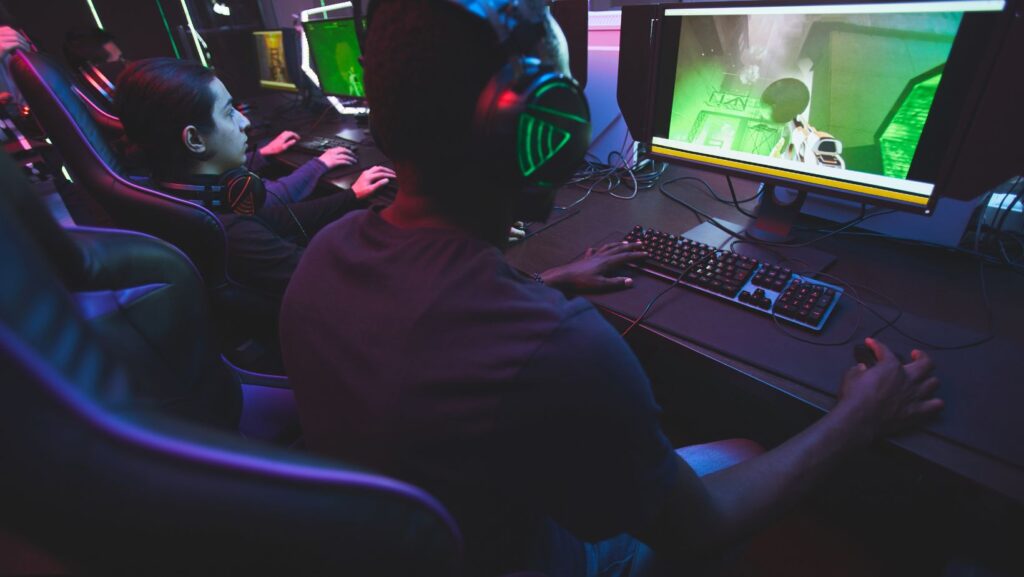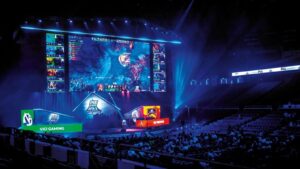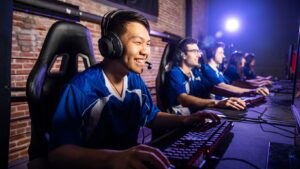
Cheating is rife in just about every competitive event, and eSports is no different, especially with millions of fans and players around the world growing the industry rapidly and enormous prizes for championships. The temptation is always there to try and win by any means necessary, and players will always push the limits with new software and traditional forms of cheating.
Some of the most common forms of cheating in eSports include:
- Using hacks or cheats to gain an unfair advantage. This can include using software to see through walls, aimbots, or other modifications that give players an unfair advantage.
- Doping. Some players use performance-enhancing drugs to improve their reaction time or hand-eye coordination; generally, ADHD medication is the most common.
- Match-fixing. This is when players agree to lose a match in exchange for money or other benefits.
And like any sport, cheating has a ton of negative consequences that go well beyond just an unfair result to damage the integrity of the entire industry, especially when it can be considered common.
While the popularity of eSports is growing rapidly, there is a danger that tournament organizers and even the actual anti-cheat software within games won’t be enough to keep up with new tech that is designed to give an advantage. But the flipside of this is that the more players who understand the games and watch, the easier it can be to notice when a player could be cheating.
Especially now that many betting sites in America are offering eSports as an option to bet on, cracking down on cheaters is more important than ever, and many tournaments are implementing long bans and large fines to players that think the rules don’t apply to them – and plenty of players have been caught already:
KQLY Banned in 2014: Kevin “KQLY” Lariviere was caught using a cheat called “Aimbot” during a CS:GO tournament by anti-cheat software and was banned from all Valve-sponsored events for life. Aimbot is one of the more common cheats, but with more players watching events, it has become a lot more obvious even without needing to see the game code, leading to a shift more to wall hacks and trigger bots that can be harder to detect with the naked eye.
Forsaken Banned in 2018: Indian Counter-Strike player Nikhil “forsaken” Kumawat was banned in 2018 while playing for OpTic India when tournament administrators checked his PC and found cheat software that was disguised as a Word file. He was given a five-year ban, and the team was disqualified immediately.
LoL CheaterGate in 2016: A more widespread cheating scandal hit the insanely popular League of Legends scene in 2016, where numerous elite players were found to be using cheating software ranging from map hacks, mouse macros, and other scripts. This also led to the commissioner for the LoL Championship Series resigning, given the inability to keep the game clean for so long.
Les Krotons Banned from PUBG: The French team was banned after their illegal map scanning hack led them to win a PUBG tournament. This radar hack rocked the competitive PUBG scene for a while before eventually being sussed out, but 10 players in total were banned for using this cheat in competitive events.
There are dozens of other eSports cheaters that have been caught, fined, and banned over a wide variety of games, sometimes even mid-event! But it is still a growing concern for many of the top-level players who may feel pressured to risk their careers just to keep up with players who are cheating.
But just as cheaters are getting more clever, anti-cheat software coupled with live streaming events and knowledgeable pros and fans is massively helping reduce the ways players can manipulate game code to get an advantage.















